Why 3D Renderings Are the Driving Force for Pre-Leasing Efforts
There is no better feeling than having signed tenants for your new community prior to its completion. To make that a reality, property owners must...
4 min read
 Rayhanna Guillen
:
Jan 11, 2021 8:30:00 AM
Rayhanna Guillen
:
Jan 11, 2021 8:30:00 AM
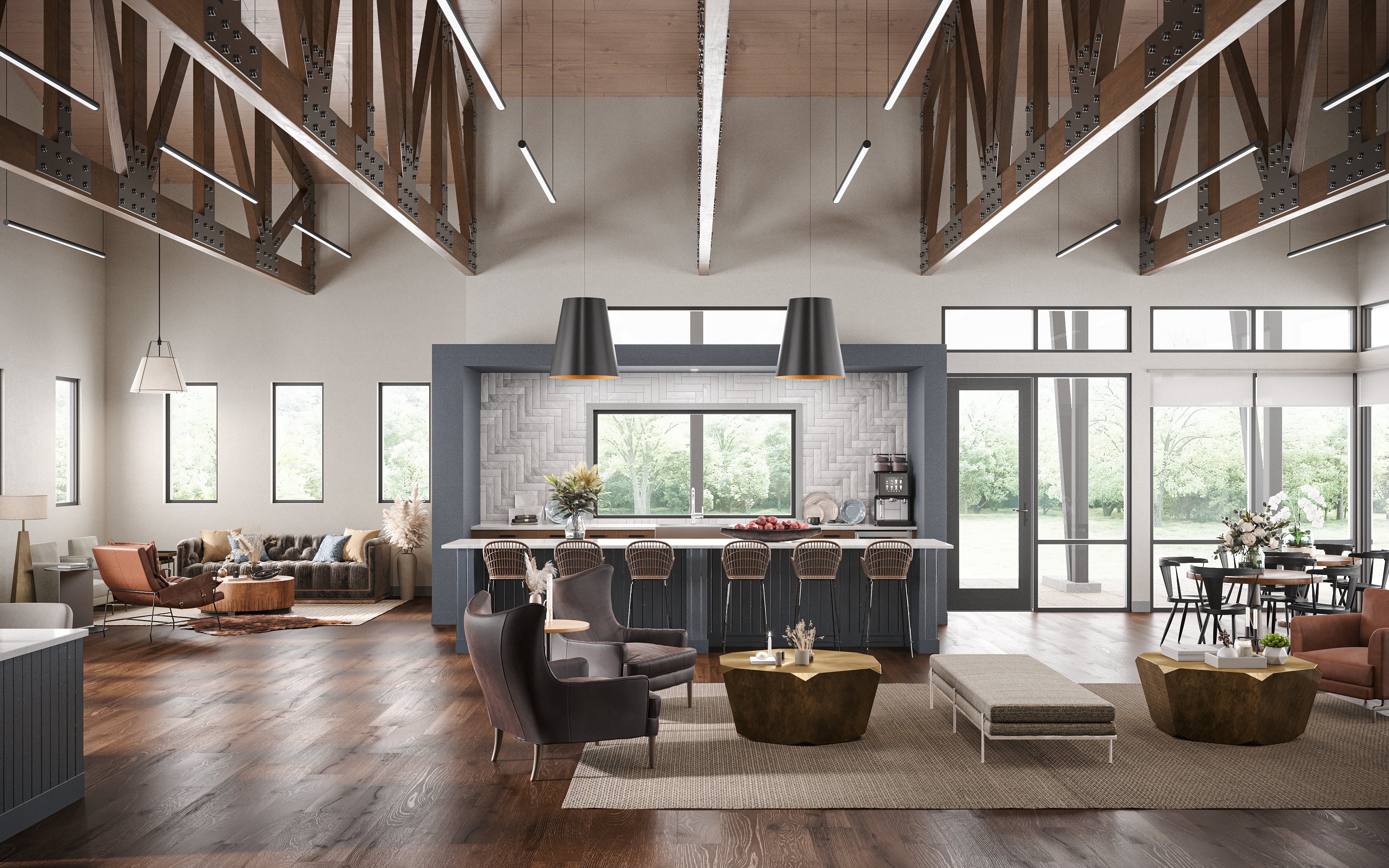
If you clicked on this, you probably have some knowledge or interest in 3D renderings for apartments.
For extremely dynamic tools, they have raised some uncertainty in regards to what/where/why they are helpful tools. To clear up any misconceptions, I’ve put together a deep dive on what 3D renderings mean for you, and why you might consider them for your new development.
3D renderings aren’t anything new to the world of developments, however, it wasn’t until a few years ago that photorealistic renderings became a key tool for pre-leasing and marketing developments. In fact, the growth in popularity has been exponential.
According to a 2019 Global Market Insight Inc. report, renderings will rise to over $6 billion by 2025. And for good reason, too.
For many years, developments have relied on renderings from architects to display to prospects what a new space will end up looking like. These architectural renderings tend to be illustrations or visualizations of the space, but may not encompass all the details necessary to market the space fully and transparently. Today, renters are all about details.
Enter photorealistic renderings.
These kinds of 3D renderings for apartments are extremely popular in real estate due to their ability to portray the visualization of a future development in full detail. Shadows, light, and texture come into play here. Advancements in technology have allowed 3D artists to be able to create real looking images of a space that doesn’t exist yet, allowing new developments more time to pre-market.
Simply by looking at a photorealistic rendering, renters will know what the carpet might feel like under their feet, or what the velvet swivel chairs in the clubhouse will feel like to sit in. They’ll know what the wallpaper will look like in the business center and get an idea of what the countertops feel like in their future apartment.
Photorealistic renderings for apartments are one of the best ways to market a new development to renters.
Whether it be a still rendering, a 360º rendering, a floor plan, virtual staging, or a 3D animation, the goal is the same: to show prospects exactly what your apartment community will look like.
In fact, apartment renderings are so advanced that they replicate the exact space and dimensions of a community under construction, making them extremely accurate as well as informative.
In short, 3D renderings for apartments should be digital replicas of a property that are 100% photorealistic. They are extremely dynamic tools that can be used in numerous ways to best market a space, and the best part is that they don’t lose purpose after a property opens its doors.
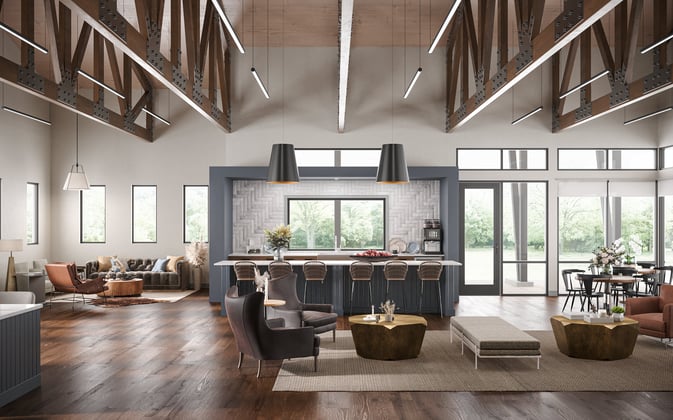
Still image
360º rendering
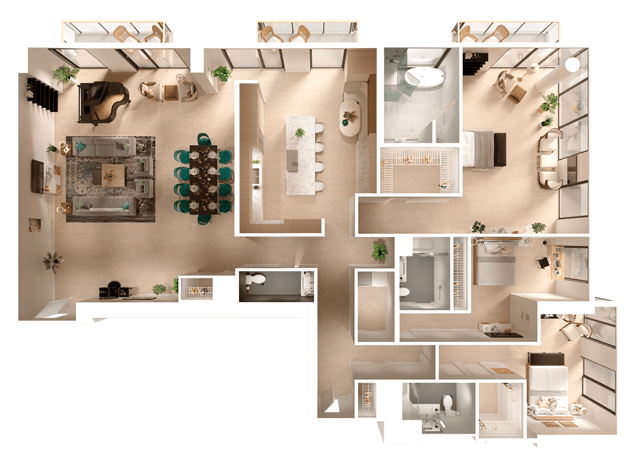
3D floor plan
| Related: Should You Use 2D or 3D Floor Plans for Apartments?
Without 3D renderings, there’s not much for a renter to visualize if there’s no building to tour yet.
What sets this digital content apart from the rest is how distinct and realistic it is. To be able to show a property or a community under construction or while undergoing renovations is wildly beneficial for a renter to see—especially during the pre-leasing process.
3D renderings for apartments not only tell the full story before it’s written, but they also act as collateral or a promise to renters for what they will receive by signing a lease.
3D renderings are informative, engaging, and help build trust with apartment renters.
With 3D renderings, new developments don’t have to miss a beat. Even before breaking ground, renderings are the portal to introduce renters to the new community and perhaps even give them a virtual tour with 360° renderings.
During the construction phase of a property (the pre-leasing and pre-marketing phase), multifamily marketers have typically utilized hard-hat tours as well as 2D images to showcase an apartment. Renderings, however, give renters and marketers even more options.
One key example of this has been the COVID-19 pandemic, which made traditional hard-hat tours difficult for renters. The Collins in Huntsville, AL experienced this firsthand. Thanks to 3D renderings, touring the property virtually was a possibility as well.
“When renters compared pictures from competing apartment communities to The Collins, our renderings were a deciding factor,” Amy Tucker, Area VP of RAM Partners, said.
The Collins managed to exceed pre-leasing goals in 2020 with 149 units already pre-leased, putting the property at 53% units leased—during the coronavirus pandemic, nonetheless.
What we’ve learned from The Collins’ success is that people love how advanced and high-quality 3D renderings can be. So much so that they even prefer it over basic photography.
The overall benefit is that they’re easier to work with and to show prospects exactly what they will be getting if they decide to sign a lease, and renters won’t have to worry about being bait and switched.
Below are a few of the ways marketers have found success leveraging their real estate renderings from our own rendering team:
In addition to these points, 3D renderings can be leveraged even after a community is built by comparing before and after images—aka renderings vs. photography.
If you’re wondering which areas are best to show potential prospects, Tucker mentions that in her experience, renters of The Collins seemed to gravitate towards apartment amenities the most.
The pool area, clubhouse, and all of the other “extras” offered were calculated to be the most viewed of their renderings.
It’s only the beginning for 3D renderings for apartment communities. They have proven to be crucial assets during the pre-leasing process. No matter what kind of apartment rendering you use, the end goal is still the same: to ensure transparency and maximum information before signing a lease.
Interested in renderings for you upcoming apartment communities? Talk with our team today!
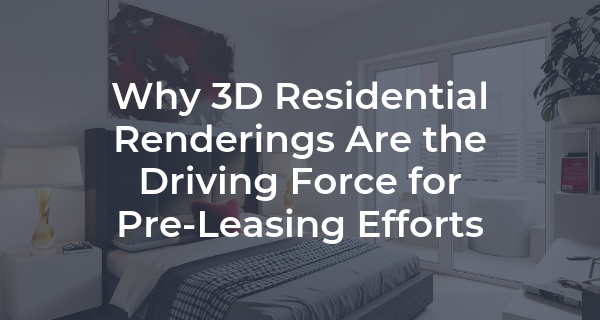
There is no better feeling than having signed tenants for your new community prior to its completion. To make that a reality, property owners must...

Staying ahead of the competition within the real estate industry is crucial. One tool that has transformed the marketing landscape is 3D renderings....
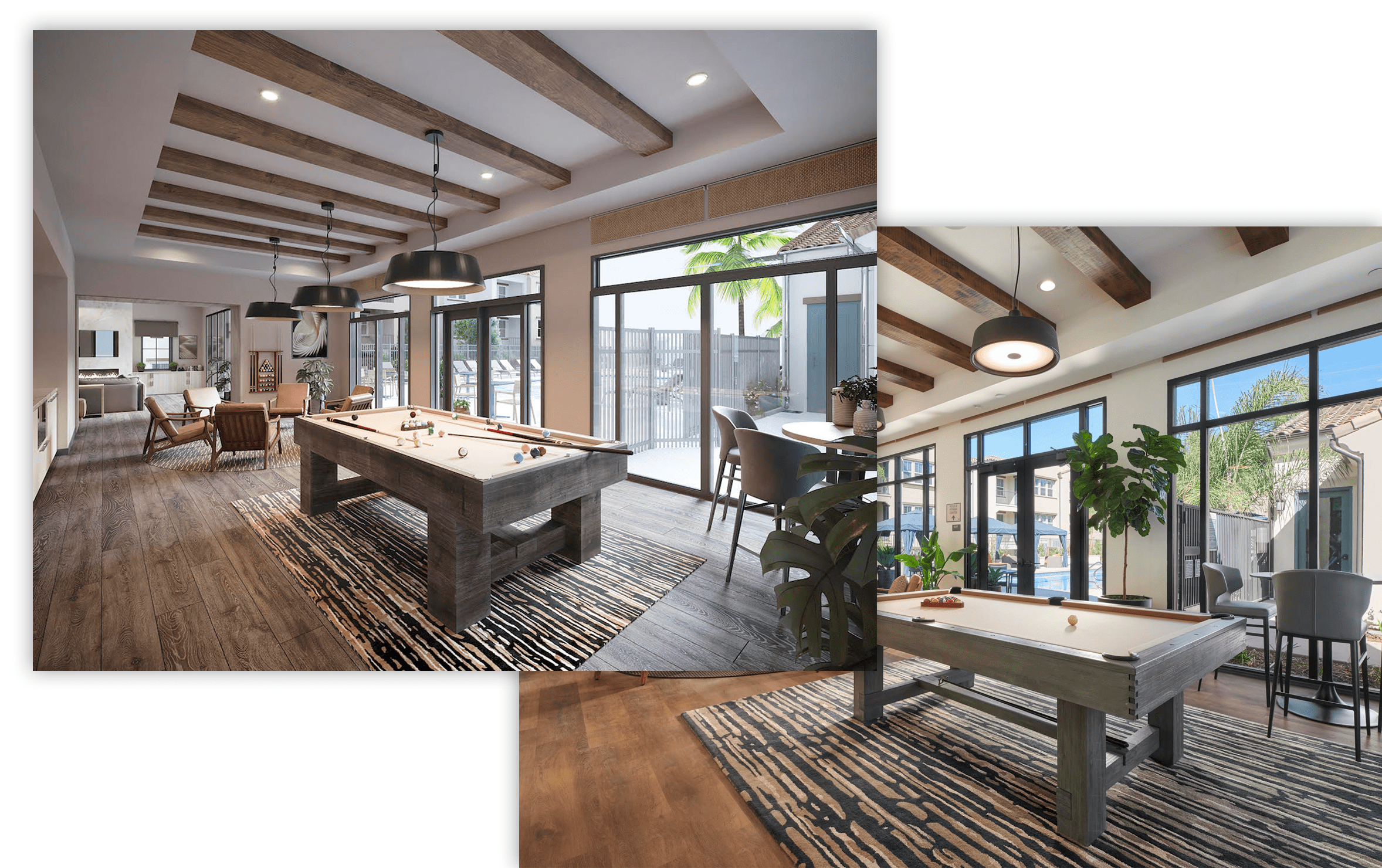
Residential renderings have long proven to be a valuable tool in development projects, especially for architects. Not only do renderings help...